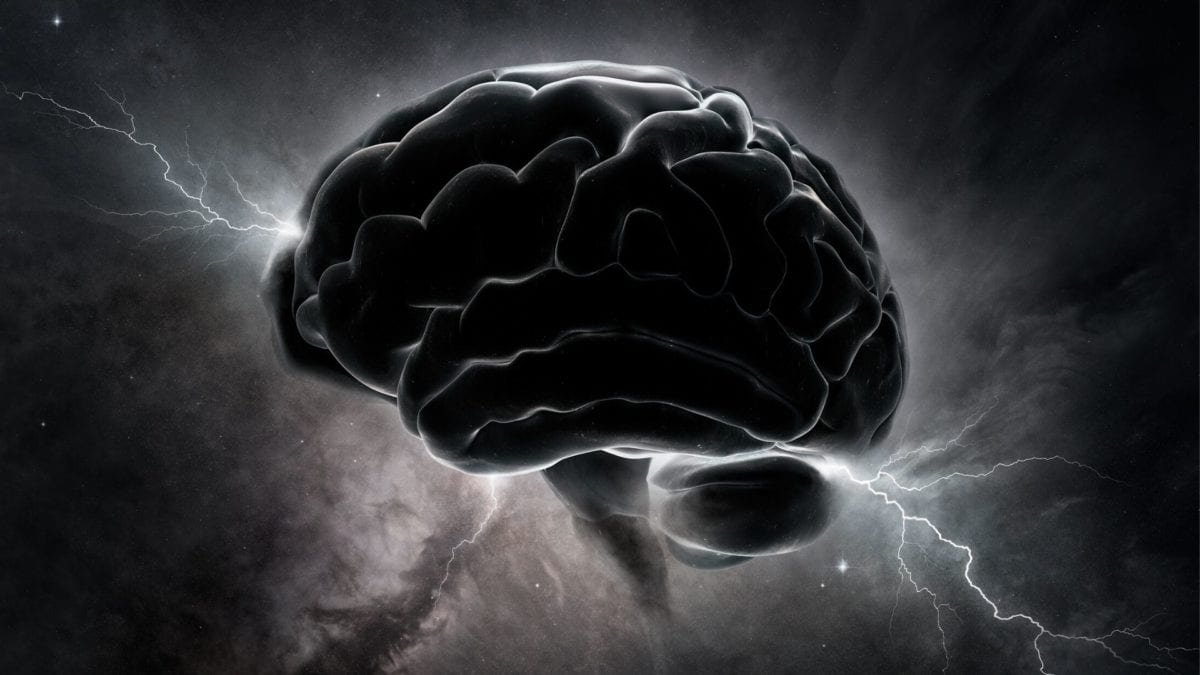Introduction:
The vast landscape of neuropsychiatry offers profound insights into human behavior, capabilities, and inclinations. Yet, for young individuals exploring their passions and skills, the journey is not solitary. The role of the family in understanding and supporting these pursuits is paramount. Many a time, conventional societal norms and expectations can overshadow the unique cognitive wiring of an individual, potentially stifling creativity and curbing true potential. This article underscores the profound importance of incorporating family perspectives in neuropsychiatry, leading to better outcomes for young individuals.
1. Traditional Expectations vs. Intrinsic Passion:
As a young individual steps into the world, they’re often met with preconceived notions and expectations. Societal standards and familial traditions can sometimes cast a long shadow, obscuring the individual’s true passions.
Conventional Choices: The pressure to opt for ‘traditional’ career paths or life choices can sometimes misalign with a person’s neuropsychological wiring.
True Potential: When left unchecked, young individuals might suppress their innate inclinations, denying themselves the chance to excel in areas where they could genuinely shine.
2. Understanding through Neuropsychiatry:
Delving deep into neuropsychiatry provides a lens to understand these intrinsic passions and capabilities. By mapping out the cognitive patterns and predilections of a person, it becomes evident that ‘wasting time’ on a passion might actually be a journey towards selfactualization.
Realizing Strengths: A young person’s keen interest in art, music, or any unconventional path might not be mere whimsy. It could very well be a manifestation of their cognitive strengths.
Potential Outcomes: By nurturing these inclinations, they can carve out niche spaces for themselves, achieving standout success in areas they’re genuinely passionate about.
3. The Role of Family:
Given the profound revelations neuropsychiatry can offer, the involvement of the family becomes crucial. Their understanding, support, and eventual acceptance can be the fulcrum on which a young individual’s future pivots.
Bridging Gaps: Families, equipped with neuropsychiatric knowledge, can understand the reasons behind their young one’s choices, leading to more supportive environments.
Empowering Choices: Instead of seeing a passion as a diversion, families can recognize it as a potential path to excellence and encourage its pursuit.
Conclusion:
In the intricate dance of life, understanding one’s cognitive wiring is the first step to a fulfilled existence. However, this understanding isn’t limited to the individual alone. The family, as the primary support system, plays an indispensable role in nurturing and encouraging these unique inclinations. Through the lens of neuropsychiatry, both families and young individuals can embark on a journey of mutual understanding, leading to choices that resonate with genuine passion and potential.
“In the theater of life, it is not just the actor’s passion but also the audience’s understanding that crafts a masterpiece.”
Explanation of the Quote:
The quote highlights the symbiotic relationship between an individual (actor) and their supportive environment (audience). While the individual’s passion and capabilities are paramount, the understanding and encouragement from their surroundings (especially family) significantly amplify their chances of crafting a successful and fulfilling narrative in the vast theater of life.








